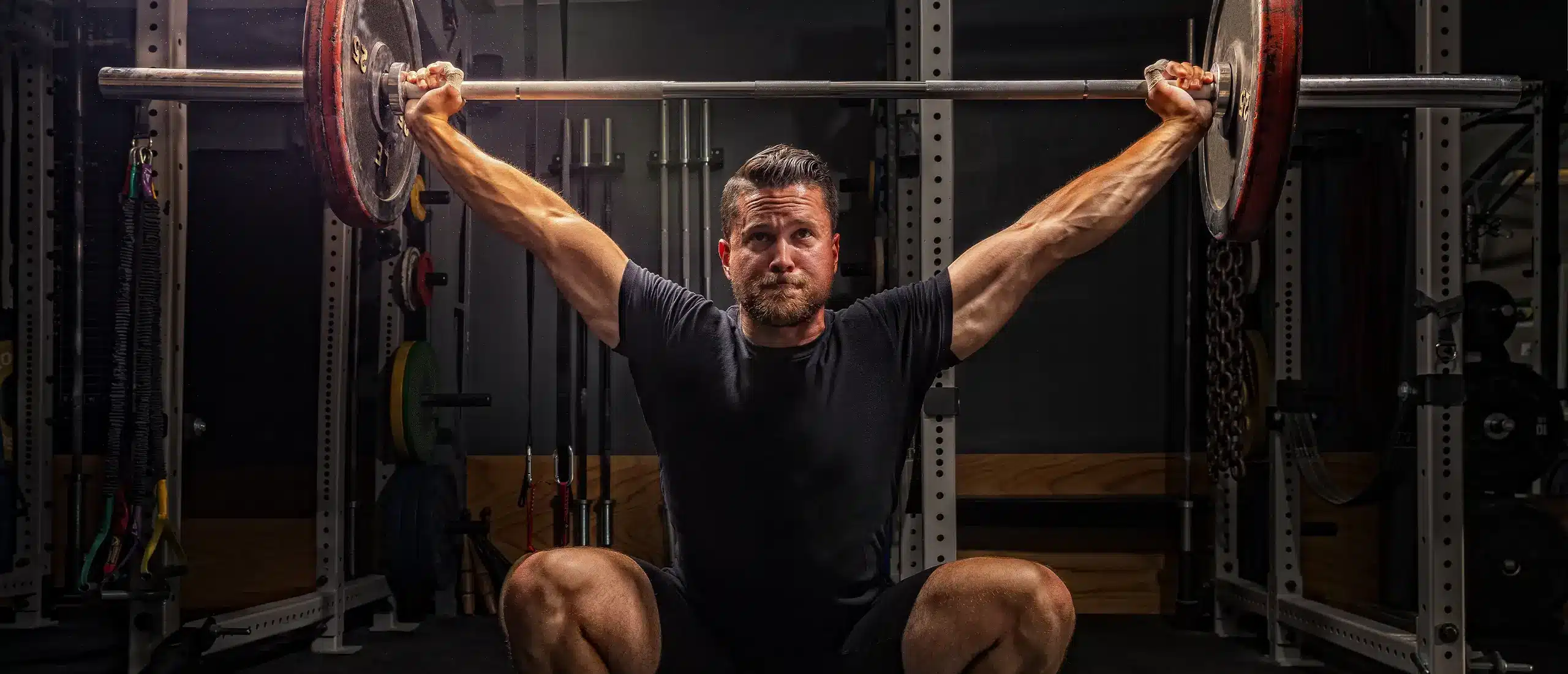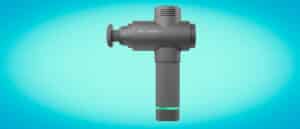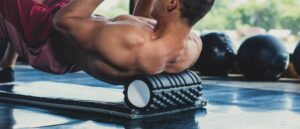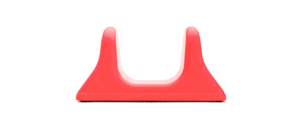Muscle Strain or Soreness? When It’s Normal and When to Seek Help
Muscle soreness post-workout is expected, but immediate pain is cause for concern. The difference between a muscle strain or soreness depends on various symptoms and are treated differently for faster recovery.
Delayed onset muscle soreness (DOMS) is when your muscles suffer small micro tears as a result of exercise. DOMS usually kicks in 24 to 48 hours after your workout, according to Sydney Bueckert, NASM CPT, CES, FNS, GPT.
A muscle strain, also called a pulled muscle, is when the muscle is loaded or stretched past capacity causing your muscle tissue and fibers to tear, says Victoria Grey, PT, DPT, OCS, TPS. You will feel an immediate or sharp pain.
Difference Between Muscle Strain and Soreness
Muscle soreness you feel post-workout is an achy, dull pain that rolls out over a day or two. This leaves you feeling tight and stiff, and recovery shouldn’t last more than a few days.
A muscle strain is an injury that causes an instant, piercing pain and can take weeks to fully recover.

How to Tell if It’s Just Muscle Soreness
DOMS is very common, per Bueckert. “After a tough workout, tight muscles are expected. This can be a sign you’ve properly loaded your muscles to see strength gains.”
You may see reduced strength and range of motion, but this is normal, according to Bueckert. “Recovery is important to restore strength and movement, and avoid injury,” she says.
Symptoms of DOMS include:
- Dull pain and tenderness
- Stiffness
- Swelling
- Decreased strength in overworked muscles
Simple Ways to Treat Muscle Soreness
If you find yourself struggling to move after leg day, consider these effective tips to relieve sore muscles.
Foam Rolling
Large foam rollers apply pressure and relieve tension in bigger muscles, like your quads and hamstrings, according to Bueckert. “Smaller trigger point balls and roller sticks target deeper into your muscles and work well for smaller, hard-to-reach areas.”
Active Recovery
Active recovery is light exercise that keeps your muscles moving. “This movement increases blood flow to your muscles and tissues, increasing the amount of fresh oxygen and other nutrients your body needs to recover,” says Bueckert. This includes activities like swimming, cycling, walking, yoga, and stretching.
“If you’re walking or stretching, there’s no real time limit as long as you stay hydrated and listen to your body,” she says. “Activities like jogging, swimming, or cycling should cap around 30 minutes at no more than 70 percent of your max heart rate. Remember: the goal is to recover, not push your limits.”
Ice Baths
This polar plunge tightens your blood vessels and flushes out lactic acid—a byproduct of your body making energy—to reduce swelling and prevent further muscle breakdown. Immersion should last no more than 20 minutes in 50 to 59 degree F water.
Hydration
Hydration is an essential part of recovery because fluids bring nutrients to your muscles and flush out toxins, according to Bueckert.
One study notes that electrolyte supplements relieve muscle cramps better than plain water while reducing the chance of cramps in the first place (1).
Electrolytes are key minerals that balance fluids and help transport nutrients throughout your body. They are considered the fastest way to hydrate.

How Do I Know if I Strained a Muscle?
A muscle strain is when the muscle or tendon is stretched farther than its limit. This results from a lack of warm-up and poor muscle activation before demanding exercises like an explosive movement or heavy lift.
Muscle strains are accompanied by immediate, sharp pain and increased tightness, according to Grey. “A strain can be painful and sore to touch, or could feel like a rolled-up ball in severe cases.”
Symptoms of a muscle strain include:
- Extreme pain and tenderness to touch
- Redness or bruising
- Severely reduced range of motion and mobility
- Muscle weakness
- Muscle spasms
- Swelling
Where Can a Muscle Strain Occur
You have two categories of muscles called tonic and phasic muscles, according to Grey.
“Tonic muscles are more dominant because they were developed first in the womb. Phasic muscles must be learned and exercised to be used properly,” she says. “The most common strained muscles are tonic muscles.”
Examples of tonic muscles include:
- Iliopsoas
- Hamstrings
- Adductors
- Calf
- Pectoralis major
- Biceps muscles
How to Treat Muscle Strain
If you find yourself with a muscle strain, the American Academy of Orthopedic Surgeons (AAOS) recommends the RICE method.
- Rest: Avoid physical activity to rest your muscles. Overworking will only lead to a worse strain.
- Ice: Apply ice or a cold pack to the sore area two to three times per day for around 20 to 30 minutes.
- Compression: Lightly wrap your strained muscle with a sports bandage to reduce swelling and alleviate inflammation.
- Elevate: If the strain occurs in your lower body, AAOS recommends elevating your leg higher than your chest to also reduce swelling.

When to Seek Medical Help
Muscle Strain
Seek medical attention immediately, according to Grey. “A muscle strain can be a warning sign that there are impairments present that predispose you to injury or re-injury,” she says “Physical therapists can identify the problem and prevent future injuries.”
Depending on how severe your strain is, you may feel better after a few weeks.
Stress Fracture
A stress fracture is tiny cracks in your bone caused by repetitive movements, per Grey. “There may be pain along your bone, pain with bearing weight, and swelling. You should immediately consult your physician if you suffer a stress fracture.”
Expect a six to eight week recovery time to heal.
Tendonitis
Tendonitis is inflammation of the tendon that connects muscle to bone, according to Grey. “It’s caused by overloading your tendon often seen with repetitive movements.”
You should seek medical help as soon as possible because prolonged tendonitis runs the risk of becoming tendonosis—a chronic state of tendonitis, per Grey. Physical therapists treat tendonitis often, but without proper treatment, you run a higher risk of tendon rupture, she adds.
Mild tendonitis may take two to three weeks to heal. More severe cases may take months.
The Bottom Line
Your body takes a beating after you workout. But the pain you feel isn’t always the worst case scenario. For chronic gym goers, your pain is likely DOMS, soreness associated with a normal level of training. However, overuse or poor warm-up may lead to serious pain, like a muscle strain, which requires further medical attention.














